Longtime Memphis-Shelby County Schools board member Billy Orgel has chosen not to seek reelection for his District 8 seat, a last-minute announcement that prompted Shelby County’s top election official to seek legal advice on whether to invoke an election reform law called the Anti-Skullduggery Act.
The law, sponsored by U.S. Rep. Steve Cohen when he was a state legislator, says the deadline for candidates to qualify for an election must be extended if an incumbent withdraws from the race too close to the filing deadline. The law is meant to keep incumbents who are not interested in reelection from entering a race and then withdrawing, using their influence to discourage other candidates from competing.
Linda Phillips, the administrator of elections for the Shelby County Election Commission, said she consulted with four or five lawyers who “were unanimous in their beliefs” that the Anti-Skullduggery Act did not apply. Although Orgel requested a petition to run, he never submitted it, Phillips told Chalkbeat Thursday evening.
“Since no petition was filed, he was not a candidate; therefore, that law does not kick in,” she said, and the commission did not vote on extending the deadline.
Skullduggery, meaning dishonest or dishonorable behavior, is a term used in Tennessee politics to describe unethical election procedures. In recent years, the law was invoked to question the process in a county commission race in Sumner County.
Orgel said he pulled a petition to be a candidate in February, filled it out and had it in his car to turn in this week. But when he saw at least one other candidate had filed a petition for his seat, he said, he decided not to run for re-election. Orgel said it’s been an honor representing District 8 in East Memphis for 11 years, but he felt it was “just time” to resign.
“I think we made some great strides and we’ve done some wonderful things, from Superintendent [John] Aitkin, to [Dorsey] Hopson, and now Dr. [Joris] Ray, and I’ve enjoyed serving with them,” Orgel said Thursday. “None of these jobs are forever.”
Orgel, a Memphis native and East Memphis businessman, has served on the board since 2011 and currently chairs the board’s capital needs and facilities committee.
Last year, the University of Memphis announced that it was naming its affiliated middle and high school for Orgel and his wife, Robin Orgel, who donated to the project. Last year’s vote approving the opening of the new University of Memphis high school was one of the most contentious votes in recent months with some board members voicing concern that the proposal had been fast-tracked, bypassing typical procedures.
With Orgel’s decision not to proceed, Amber Huett-Garcia is the only candidate running for District 8. Huett-Garcia requested a petition for candidacy on Tuesday and returned it Wednesday with enough signatures to qualify.
Huett-Garcia is the senior director of student and family support for comprehensive planning at the Tennessee Department of Education.
An Illinois native, Huett-Garcia started her career working in Illinois’ state government and state Senate, then moved to Memphis in 2011 to teach at Ross Elementary, her personal website says. She previously served as director of corporate and foundation fundraising at Teach for America, and has served on the boards of several nonprofit education organizations in Memphis, including First 8 Memphis and the Higher Learning Project, according to her LinkedIn profile.
On Thursday, Orgel called Huett-Garcia “a great choice for the voters.”
“I think that my job’s done. There’s somebody else that’s interested in doing it and they’re passionate about education and Shelby County and students,” Orgel said. “I would welcome having that new person in District 8 and taking my place on the school board.”
In addition to Huett-Garcia, 11 Memphians are competing for four open seats on the board in the August election.
As of the Shelby County Election Commission’s filing deadline on Thursday, 12 of the 15 petitions pulled for the Aug. 4 school board contest had been approved. One candidate who filed for District 9 did not receive enough signatures, according to commission documents. Orgel and another school board hopeful in District 6 ultimately never submitted a petition.
Among the candidates vying to represent school board districts 1, 6, 8, and 9 are two incumbents; a temporary school board member appointed by the County Commission after member Shante Avant’s resignation; and several others who applied for the spot.
Here is a full list of approved school board contenders as of Thursday’s filing deadline, in alphabetical order, sorted by district. Incumbents and the recent appointee are shown in bold.
District 1 (Downtown and Midtown):
- Christopher Caldwell
- Michelle McKissack
- Rachael G. Spriggs
District 6 (South Memphis, Riverside, Westwood, and Whitehaven):
- Charles Everett
- Timothy Green
- Kenneth Lee
- David Page, Jr.
- Tiffani Perry
- Keith Williams
District 8 (East Memphis):
- Amber Huett-Garcia
District 9 (Southeast Memphis):
- Joyce Dorse-Coleman
- Rebecca J. Edwards
Bureau Chief Cathryn Stout, Ph.D. oversees Chalkbeat Tennessee’s coverage. Contact Cathryn at cstout@chalkbeat.org. Samantha West is a reporter for Chalkbeat Tennessee, where she covers K-12 education in Memphis. Connect with Samantha at swest@chalkbeat.org.
Chalkbeat is a nonprofit news site covering educational change in public schools.


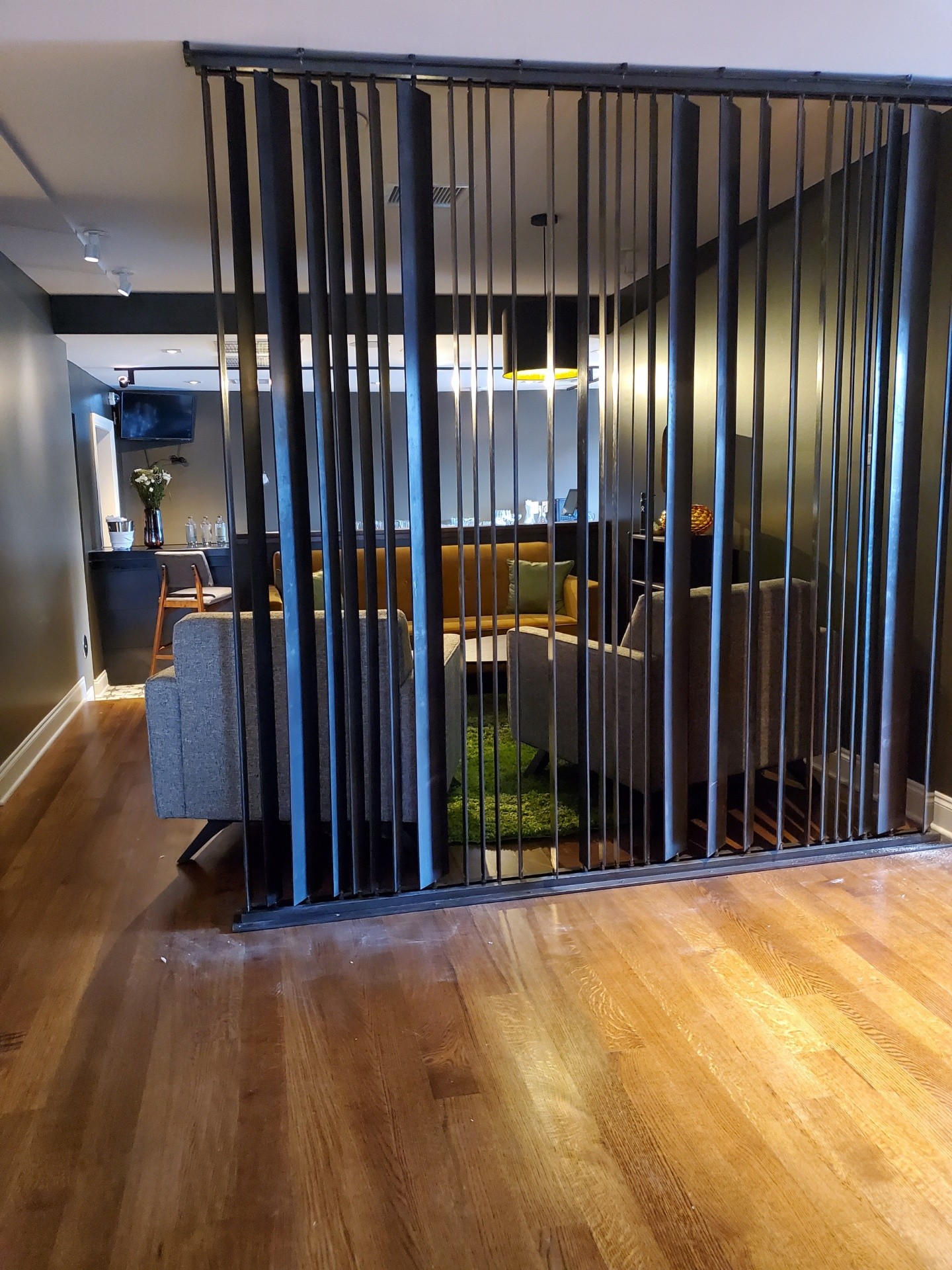
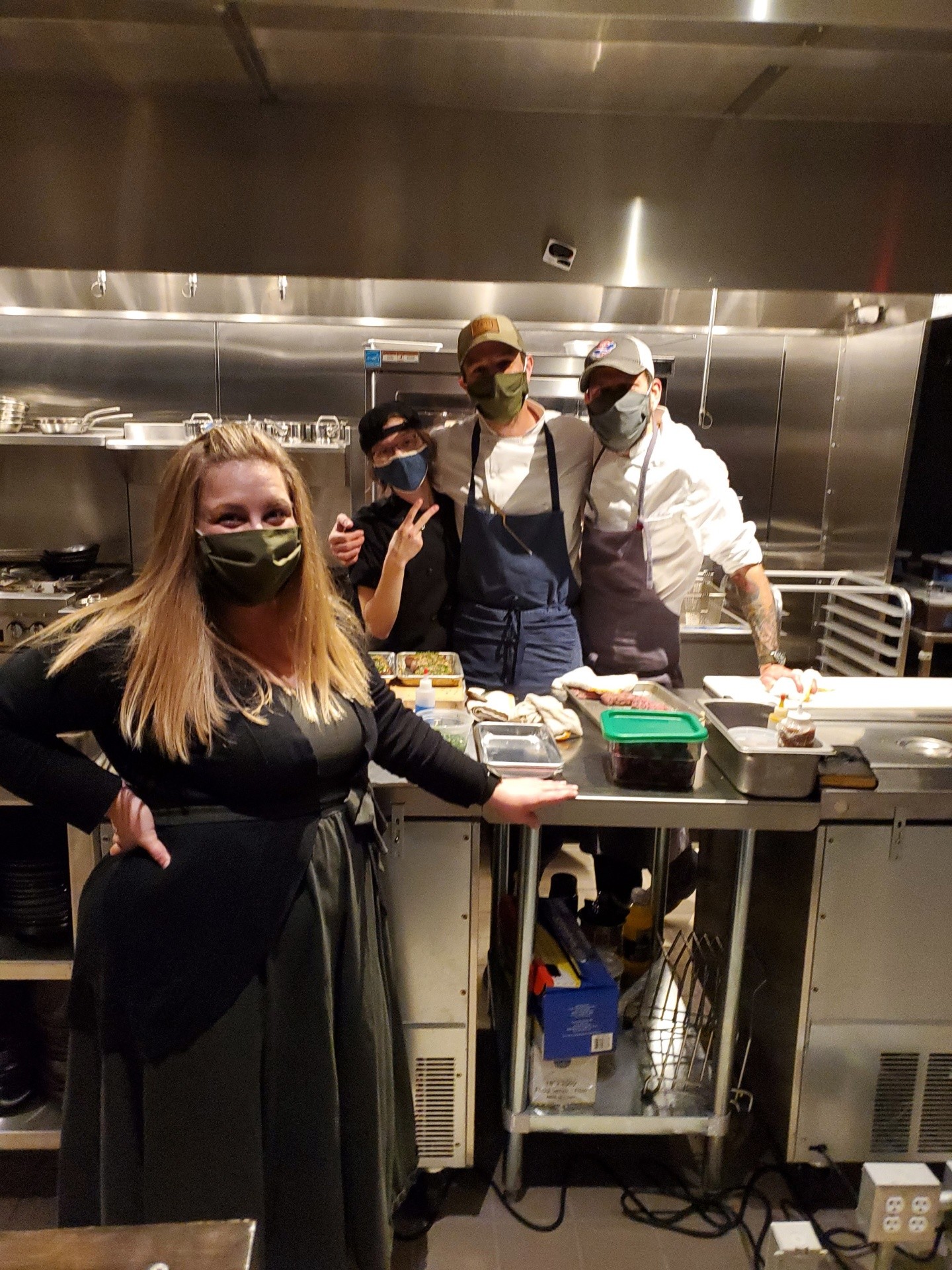
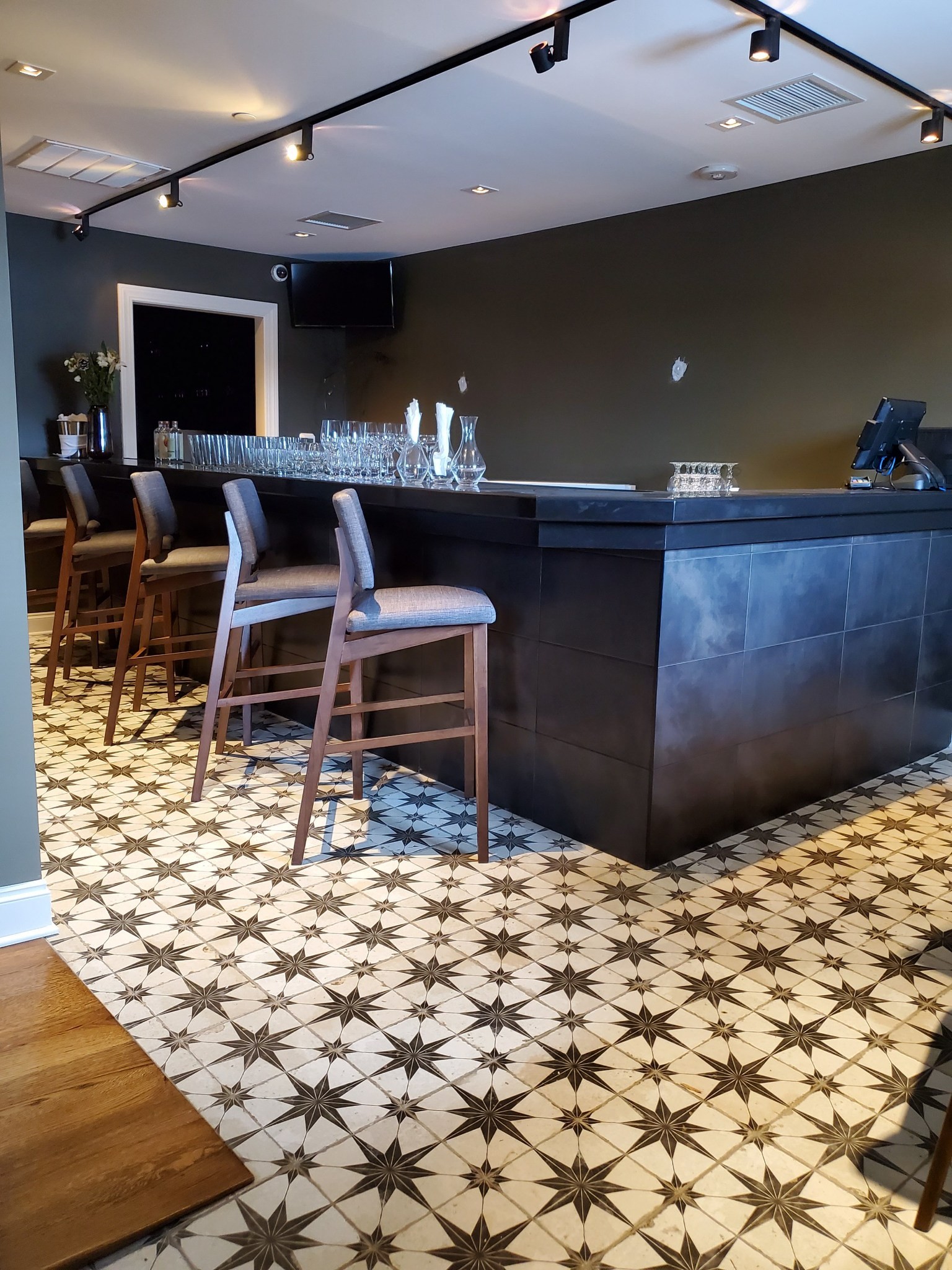


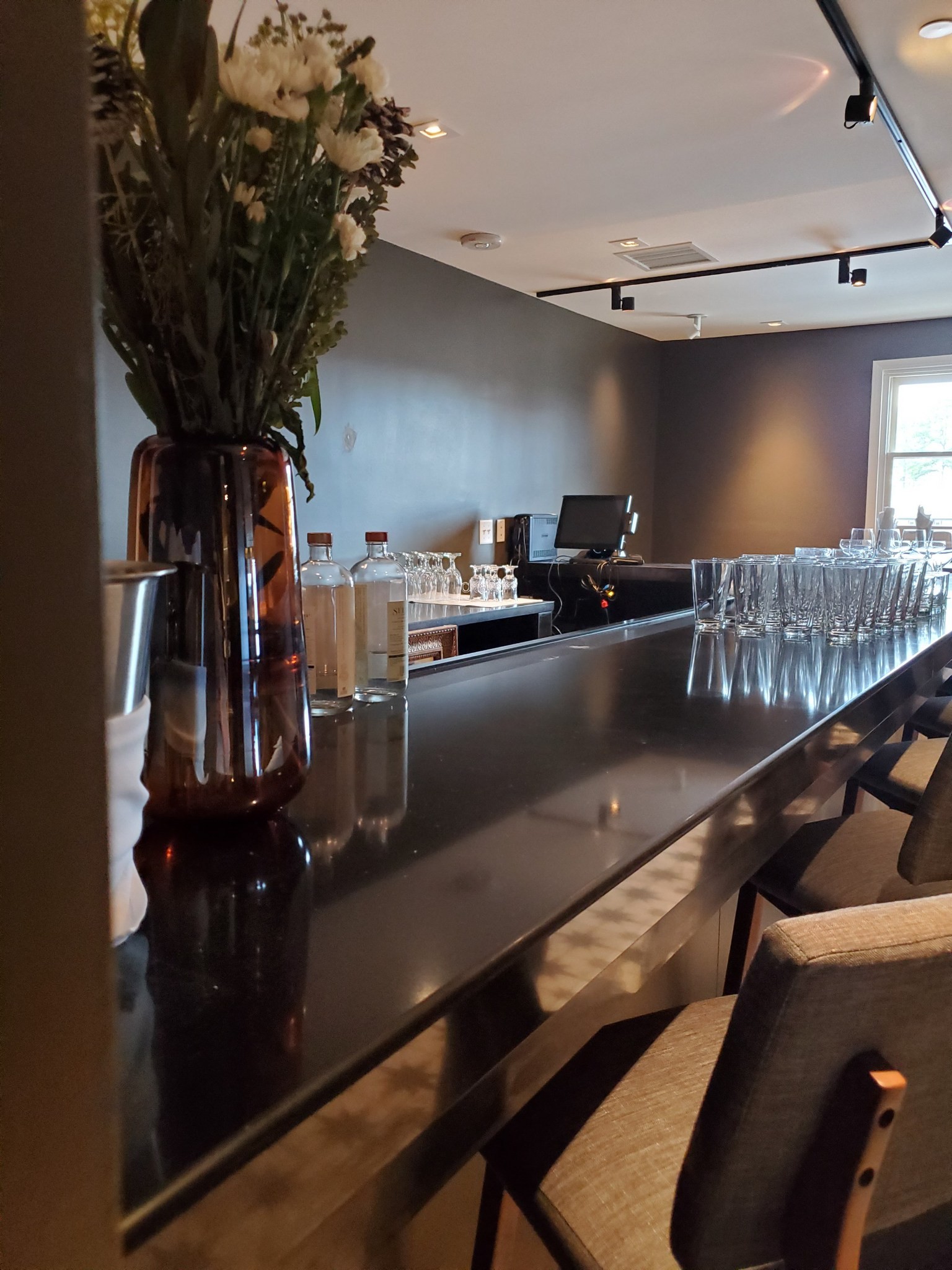
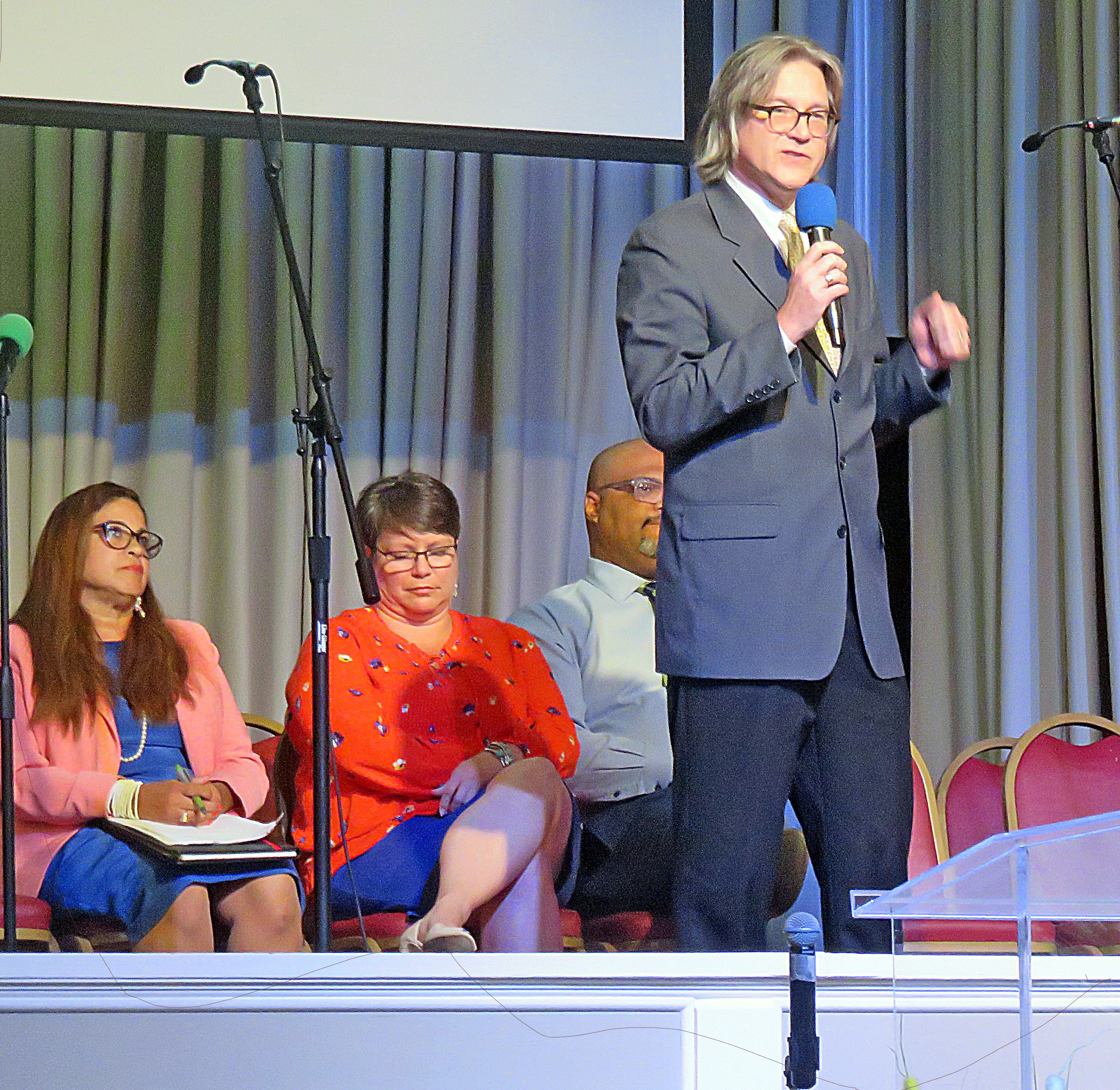 JB
JB 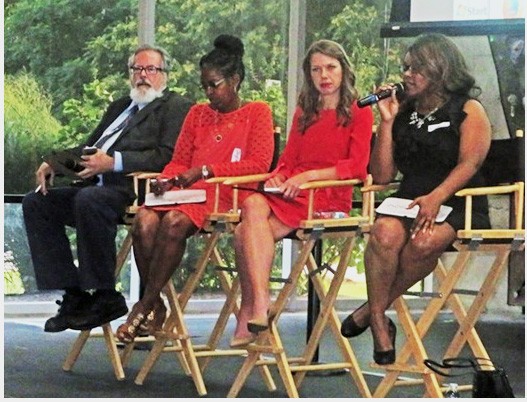 JB
JB 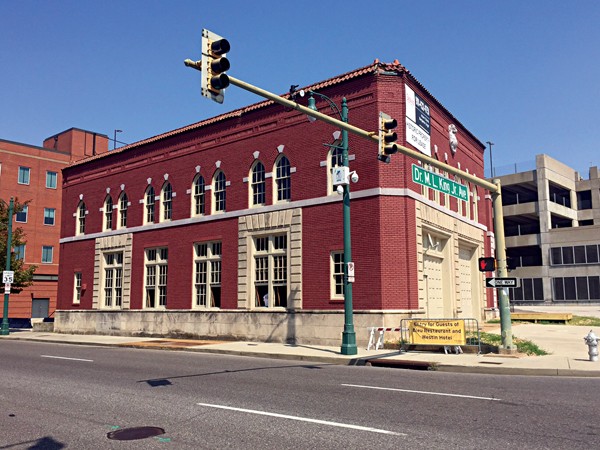 Bianca Phillips
Bianca Phillips 



 Justin Fox Burks
Justin Fox Burks 